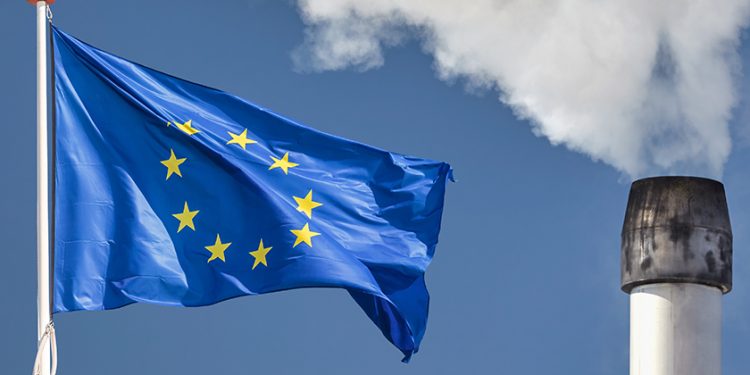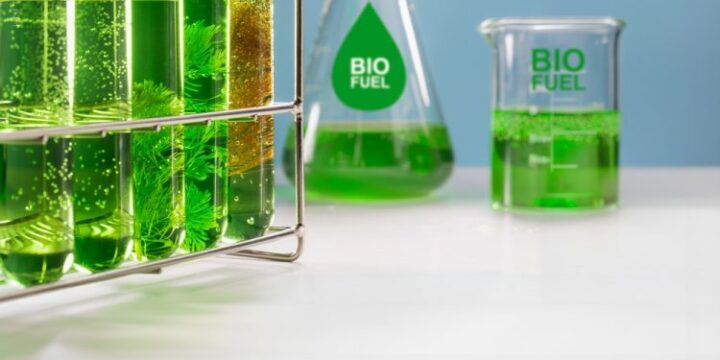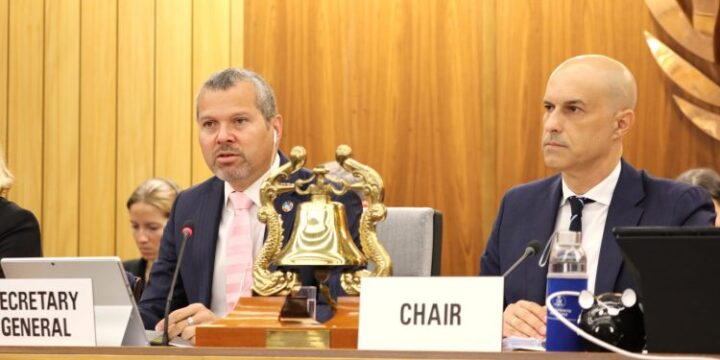July 10, 2025

On July 8, the European Commission adopted a delegated act establishing a flexible and pragmatic methodology to define low-carbon hydrogen.
According to the Commission, to be considered low carbon, hydrogen and related fuels will need to reach a threshold of 70% greenhouse gas emission savings compared to the use of unabated fossil fuels. This means that low-carbon hydrogen can be produced in various ways, for instance using natural gas with carbon capture, utilisation and storage (CCUS) – a technology that prevents emissions from the process of producing hydrogen-, as well as from low-carbon electricity sources.
Carbon storage is a process that involves capturing carbon dioxide (CO₂) emissions and storing them deep underground. CO₂ can be captured either directly from emission sources, like power plants, or from the atmosphere. This captured CO₂ is then separated from other gases, either before or after fuel combustion in industrial facilities. As interest in carbon capture and storage (CCS) grows, maritime transport is expected to play a key role in the CCS value chain. This is likely to drive increasing demand for liquefied CO₂ (LCO₂) carriers to support the emerging infrastructure.
Furthermore, the methodology recognises the diversity of energy mixes across the Member States offering a flexible and pragmatic framework. The delegated act does not establish the share of renewable energy that can be accounted for hydrogen produced from electricity. This aspect is set out in the Renewable Energy Directive taking an annual average approach. The Commission is ready to address this when reviewing the Renewable Energy Directive.
At the same time, the Commission is stepping up its efforts to facilitate a pragmatic implementation of the Methane Regulation, with a focus on practical solutions that are simple and achieve the objectives of tackling methane emissions.
To remind, last year ICCT released a report informing that policymakers should increasing default methane slip value to at least 6% for LNG engine. Methane slip is the proportion of LNG fuel, which consists mainly of methane, that escapes unburned from the engine. Real-world methane slip measured in the plumes of 18 ships using the most common type of LNG marine engine (LPDF 4-stroke) averaged 6.4%, whereas EU regulations currently assume 3.1% methane slip and the United Nations International Maritime Organization (IMO) assumes 3.5%.
Looking ahead, the European Commission will assess the impact of the introduction of alternative pathways on the energy system and emission savings and the need of maintaining a level playing field with sourcing fully renewable electricity. In 2026, it will launch a public consultation on a draft methodology on the use of Power Purchase Agreements (PPAs) for nuclear energy, enhancing clarity for the production of low-carbon hydrogen from direct nuclear sources.
Next steps
Following the adoption, the Act will now be transmitted to the European Parliament and the Council, which have 2 months to scrutinise them and to either accept or reject the proposals. At their request, the scrutiny period can be extended by 2 months. There is no possibility for the Parliament or Council to amend the proposals.

